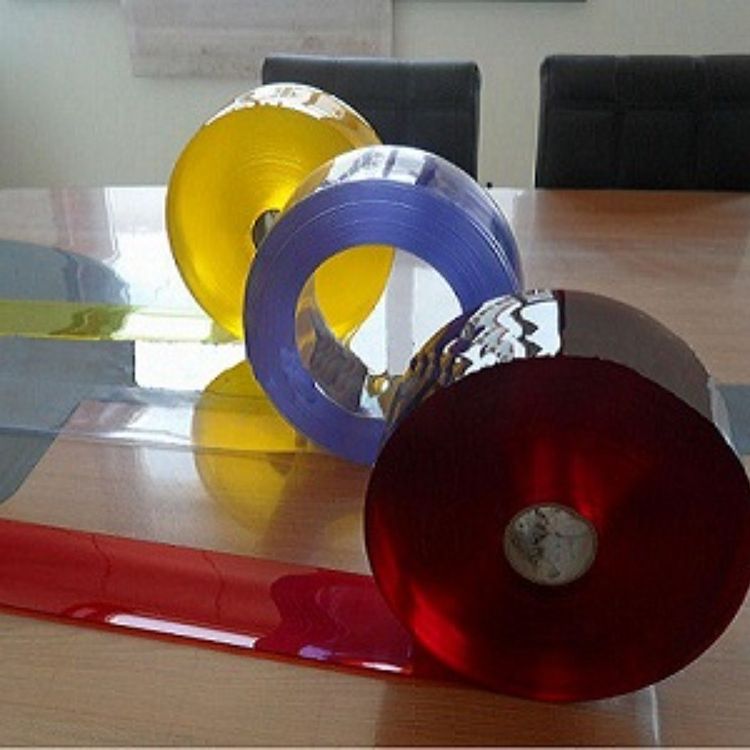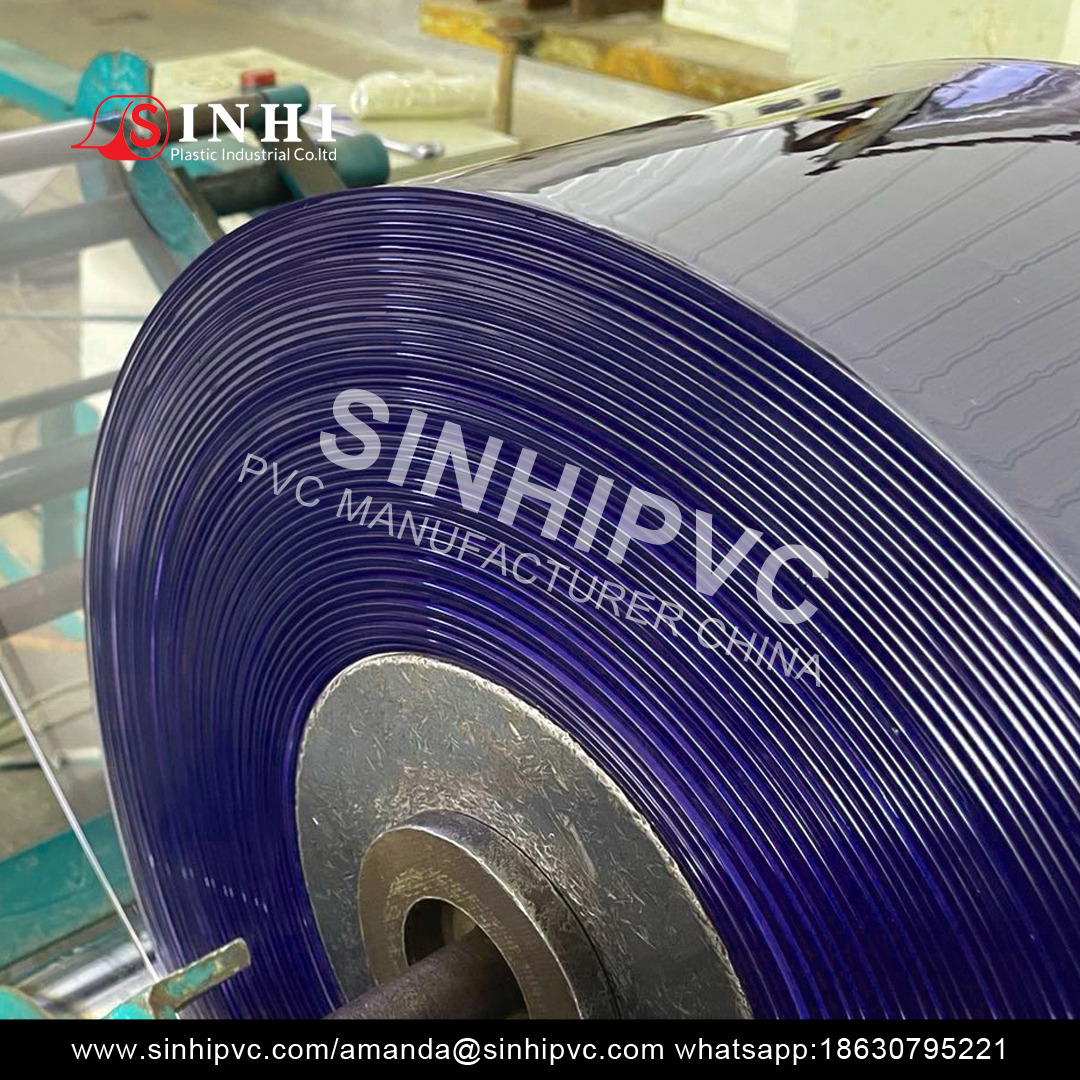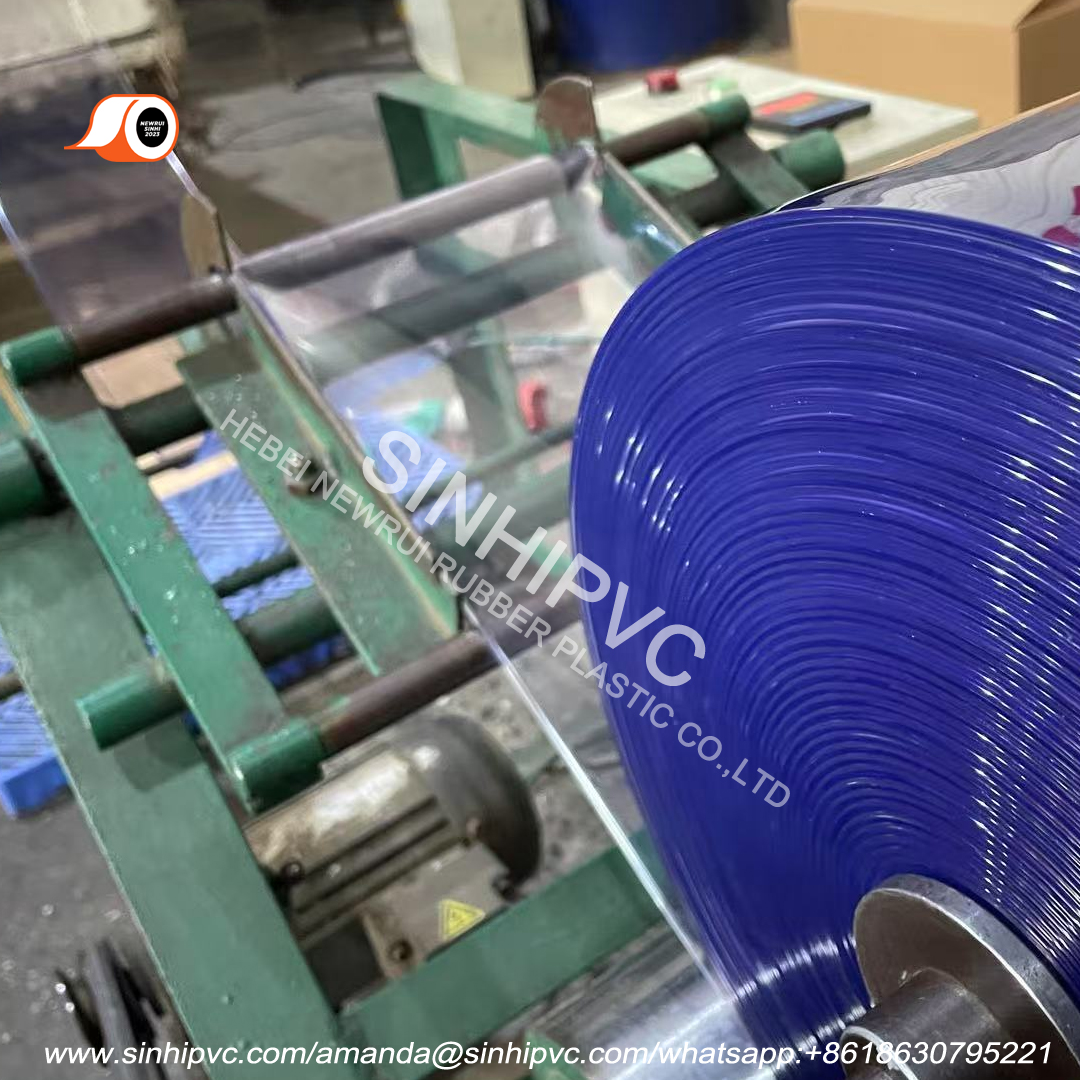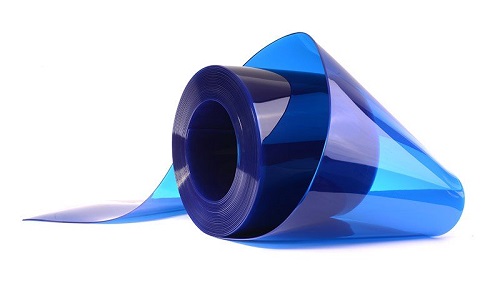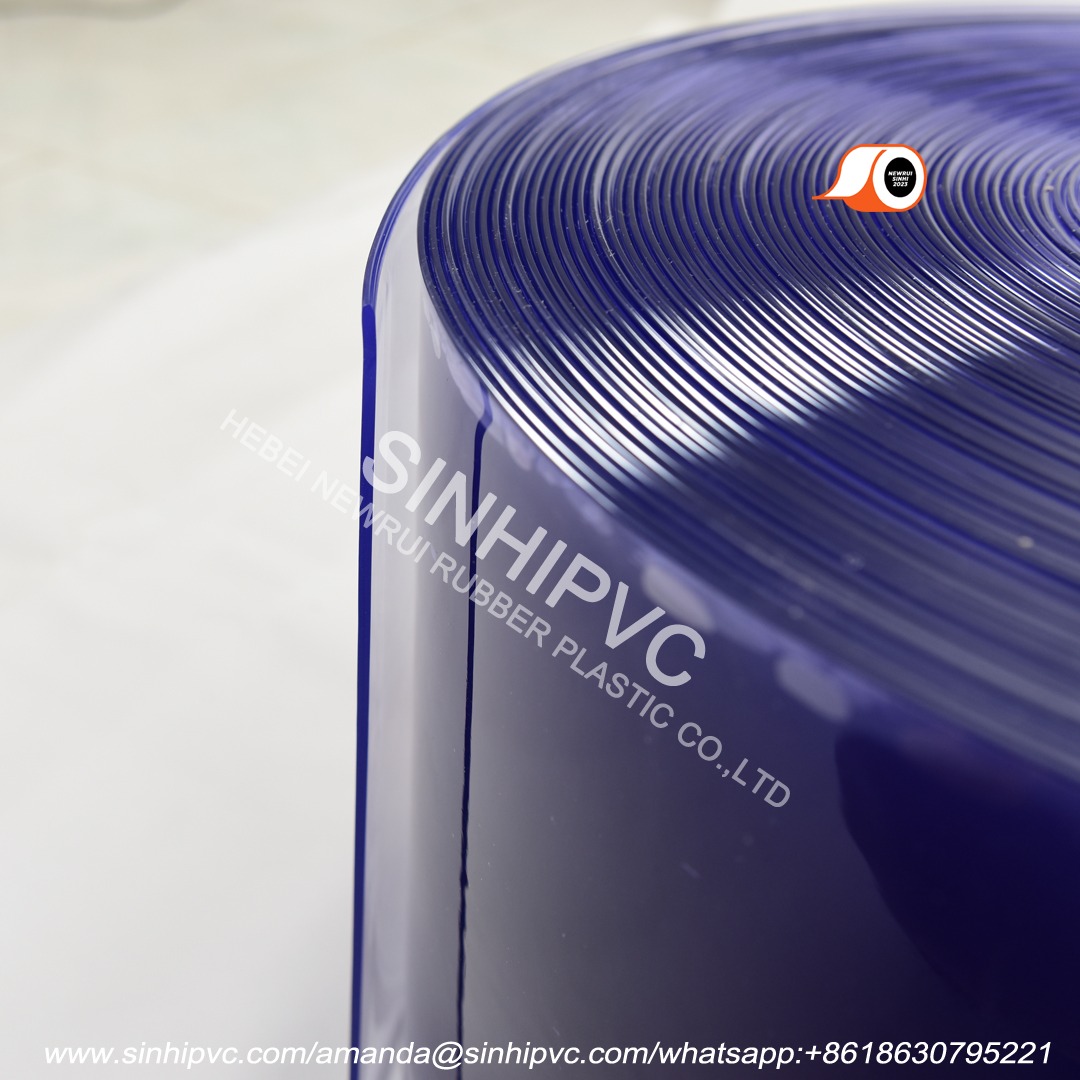When selecting vinyl strip curtains to partition industrial or commercial areas, a key factor to weigh is the density, measured in gauges, of these flexible barriers. The thickness dramatically impacts durability, insulation capability, and suitability for your application.
This guide explores considerations around vinyl gauge selection so you choose the optimal density for your facility’s needs.
Understanding Vinyl Strip Curtain Gauges
Vinyl strip curtains have densities ranging from 6 to 16 gauge, indicating thickness. Lower numbers denote more robust materials, while higher ones represent flexible but less durable options. Consider three factors when deciding the appropriate density.
Factors Influencing Thickness Selection
- Traffic and Usage Frequency
Contemplate traffic flow and usage frequency. Do staff, machinery or goods steadily pass through the area? Bulkier barriers with 6 to 10 gauge can withstand regular impact. Meanwhile, infrequent access points may allow slimmer versions from 12 to 16 gauge.
- Environmental Conditions
Consider the space’s environmental conditions. Does the zone have temperature extremes or chemical exposures? Thick vinyl from 6 to 12 gauge delivers superior insulation and chemical resistance to preserve interior climates.
- Application Specifics
What is the purpose of this divider? Cold storage facilities may prioritize insulating qualities to maintain frigid temps, warranting densities of 8 to 10 gauge. Processing areas could focus more on flexibility with 12 to 14-gauge.
Benefits of Different Gauges
- Thicker Gauges (6-10)
Heavier options from 6 to 10 gauge provide unmatched durability, preventing tears from impacts while sustaining extreme temperatures. Their superior density also enables excellent insulation to regulate indoor climates.
- Medium Gauges (10-12)
Medium choices of 10 to 12-gauge balance robustness and flexibility, making them versatile picks for spaces with moderate traffic and middling temperature control needs.
- Thinner Gauges (12-16)
Lightweight alternatives in the 12 to 16-gauge category allow easy movement of goods and people for areas not requiring thermal regulation. These curtains’ thinness enhances visibility and convenience.
Cost Considerations
Do weigh expenses when selecting a gauge. More robust barricades have higher price tags. Determine the minimal thickness to reasonably achieve your application goals without overspending.
Additionally, consider the size of your facility and the number of vinyl trip curtains needed. Larger warehouses will require several durable barriers, quickly multiplying costs for heavy-duty options. Carefully calculate total expenses to identify the maximum density feasible as per your budget.
Cleaning requirements.
Thick vinyl resists dirt, moisture, and chemicals, while thinner ones need frequent washing. This maintenance adds up in labor, detergents, and wear and tear over months. Prioritize durability to minimize replacement and upkeep costs depending on your application’s hygiene standards.
Noise reduction needs
Are you trying to diminish equipment clatter or discussions carrying between zones? A dense vinyl strip curtain gauge over 10 can better mute sounds thanks to its mass. If noise control is not important, thinner curtains will suffice.
Making the Right Choice
Choosing the appropriate vinyl strip curtain gauge requires assessing your traffic patterns, environment, and purposes. This understanding allows an informed decision aligned with your workspace’s requirements, yielding products with optimal longevity. Consider these factors thoughtfully, and you’ll enjoy perfectly suited partitions for years.

